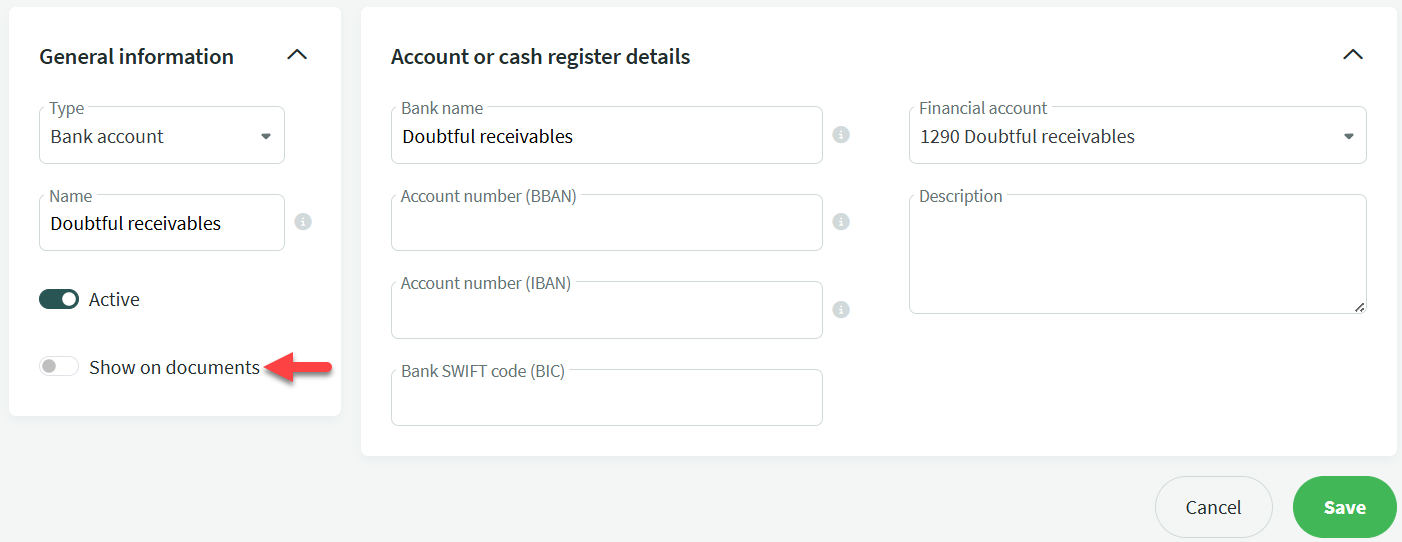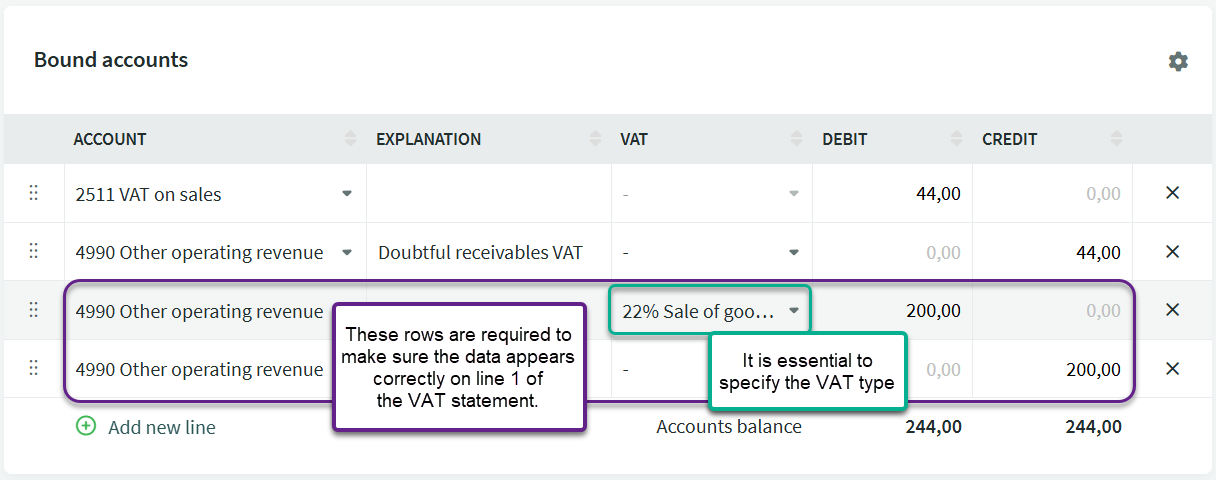Receivables from customers need to be reviewed at each reporting date. All available information must be taken into account.
For example:
- possible bankruptcy or financial difficulties of the debtor
- late payments or changes in payment behavior
- a drop in the debtor’s credit rating
You can check receivables one by one or all together. Bigger amounts should be checked individually. Smaller ones can be reviewed as a group. Historical data on past due receivables can be used to estimate potential losses when assessing receivables collectively.
The first step is to assess which receivables are unlikely to be collected and to recognise them as an expense. A receivable becomes a bad debt when there is reliable information indicating that the buyer is insolvent, at which point the receivable is written off from the balance sheet.
If you have any additional questions, please write to us at support@simplbooks.ee





Leave A Comment?